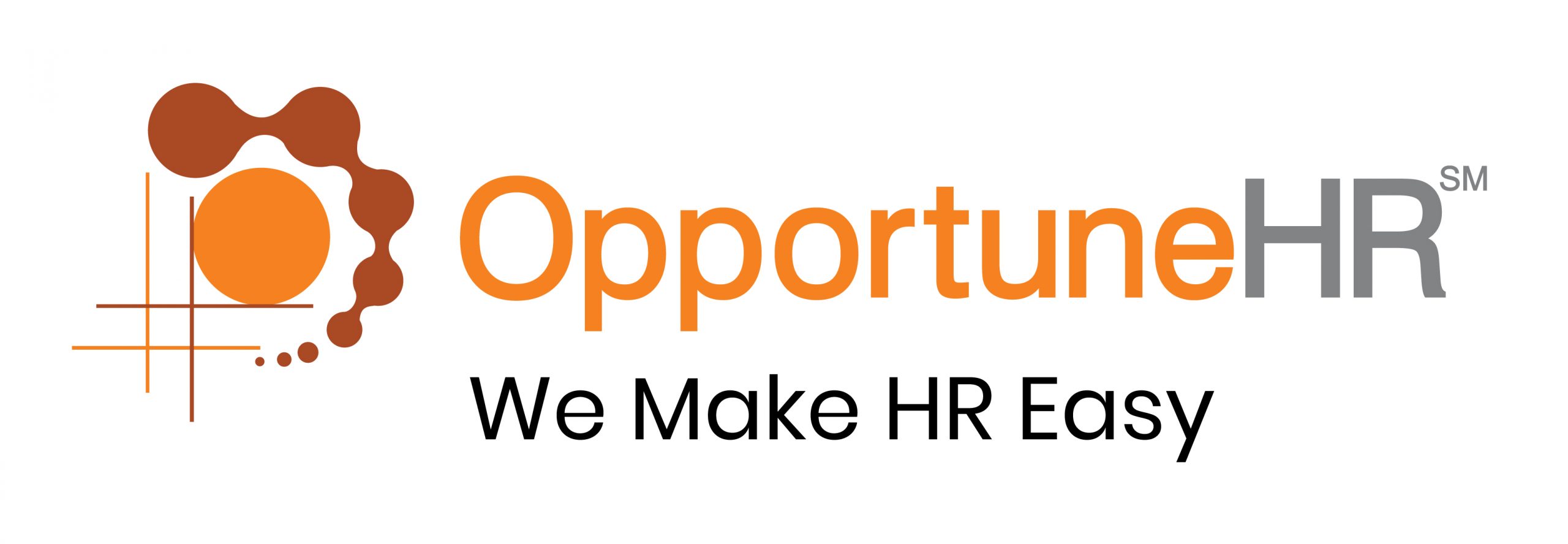Hiring is crucial for any organisation as it directly impacts the quality of talent acquired.
The competition is tough in the marketplace for good talent. This poses serious challenges for startups and SME businesses. The potential candidates tend to have a bias towards larger organisations. And they minutely evaluate the SME organisation by the experience they receive during the hiring process.
So, it’s important to keep the hiring up-to-date.
Here are some terms, essential for effective hiring processes.




